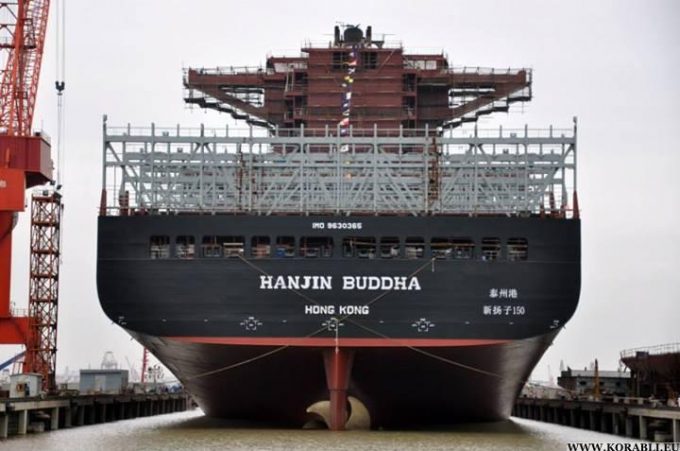Going inland with the FLOW as US supply chain visibilty platform expands
The Freight Logistics Optimisation Works (FLOW) platform, a public-private partnership to share visibility on US ...

Unloading operations have begun on some Hanjin vessels after the line finally began to update shippers and forwarders on where its vessels actually are.
A fleet update issued by the carrier this morning shows the vast majority of its vessels still “waiting in open sea” for instructions from headquarters.
So far six vessels are confirmed to have been arrested – the Hanjin Baltimore at Panama, with the Panama Canal “impassable” to the line; Hanjin Vienna in Vancouver; Hanjin California in Sydney; Hanjin Rome, as widely reported, in Singapore; and Hanjin Rotterdam in Yantian; ...
Ecommerce air traffic to US set to grind to a halt as de minimis exemption ends
Maersk u-turn as port congestion increases across Northern Europe
Apple logistics chief Gal Dayan quits to join forwarding group
Widespread blanked sailings stave off major collapse of transpacific rates
Transpac rates hold firm as capacity is diverted to Asia-Europe lanes
Airlines slash freighter capacity post-de minimis, but 'the worst is yet to come'
Houthis tell Trump they will end attacks on Red Sea shipping
MSC revamps east-west network as alliance strategies on blanking vary
India-Pakistan 'tit-for-tat' cargo ban sparks sudden supply chain shocks
Gemini Cooperation carriers steam ahead of rivals in reliability stakes
Containership charter market feels the ripples from trade tensions
Maersk Air Cargo sees volumes fall as it aims for 'margin in favour of revenue'
Changing shipment origin won't wash: US CBP turns away whole truckloads
Expeditors reports healthy growth in a 'frenzied landscape of tariffs'
Tariff on imported products for drugs would be hard for US pharma to swallow
Atlas Air stays bullish on US change: 'we're flexible, we can fly to other markets'


Comment on this article